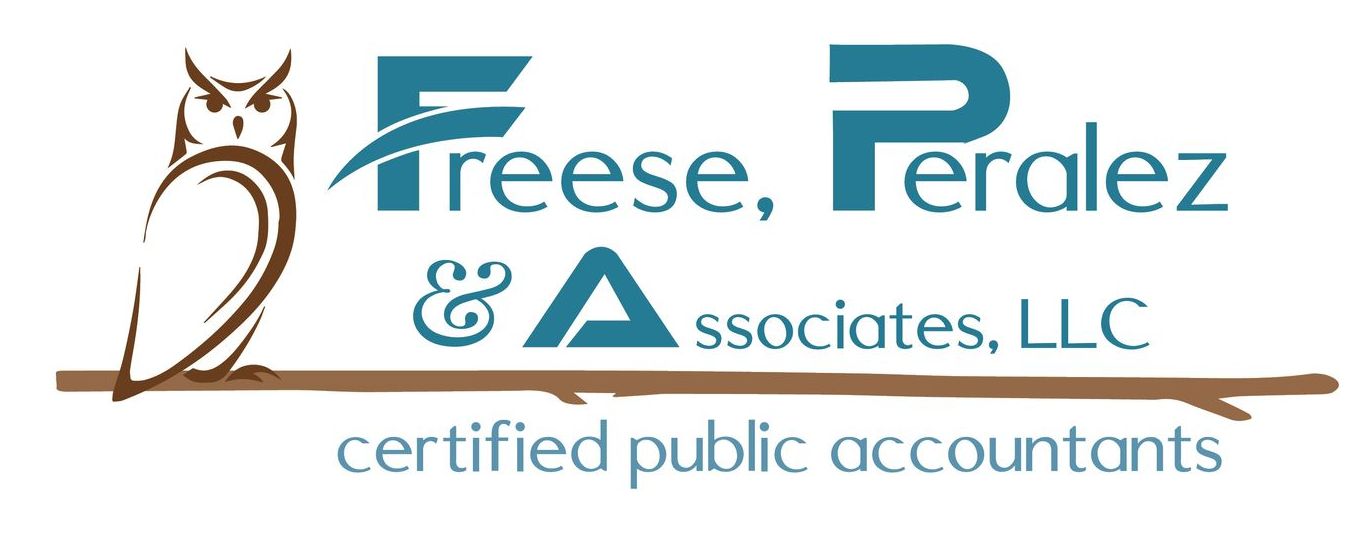What is a Loan-To-Value Ratio and How Does It Work?
What is a Loan-To-Value Ratio and How Does It Work?

Unlocking the Mortgage Maze: Mastering Loan-to-Value Ratios for Better Borrowing.
The loan-to-value ratio (LTV) is a crucial factor to consider when applying for a mortgage. It represents the amount of money being borrowed compared to the value of the collateral and is expressed as a percentage. A higher LTV can impact the type of mortgage available, the interest rate, and the fees involved. The calculation for LTV is simple: divide the current loan balance by the appraised property value. Increasing the down payment or negotiating a lower purchase price can lower the initial LTV. When taking out a second loan on a property, lenders consider the combined loan-to-value ratio (CLTV), which factors in the balances of multiple loans. CLTV is relevant for home equity loans or lines of credit, and an 80% CLTV is commonly allowed. LTV affects mortgage eligibility and borrowing costs, with smaller down payments allowing for higher LTVs. Conventional loans typically have stricter LTV guidelines and require private mortgage insurance (PMI) for an LTV of 80% or higher. A lower LTV can lead to better interest rates and the elimination of PMI. Understanding LTV is essential for navigating the mortgage application process successfully. For more information click the linK!
















